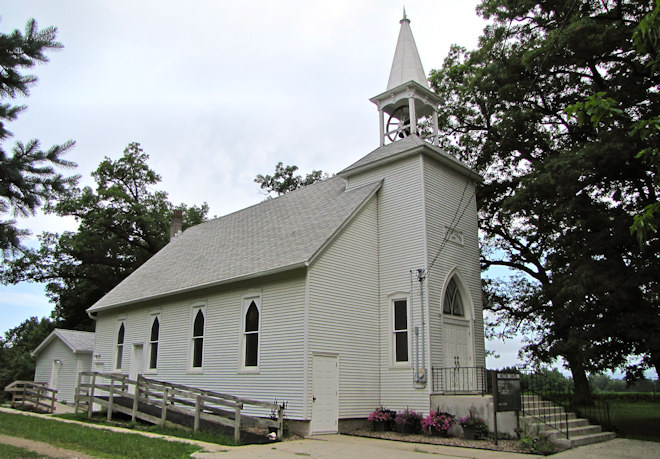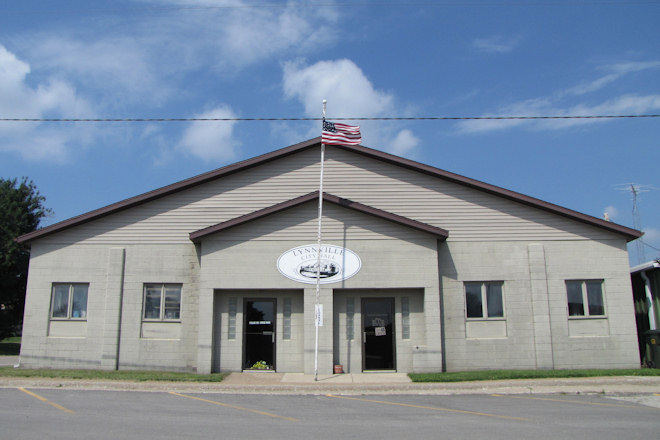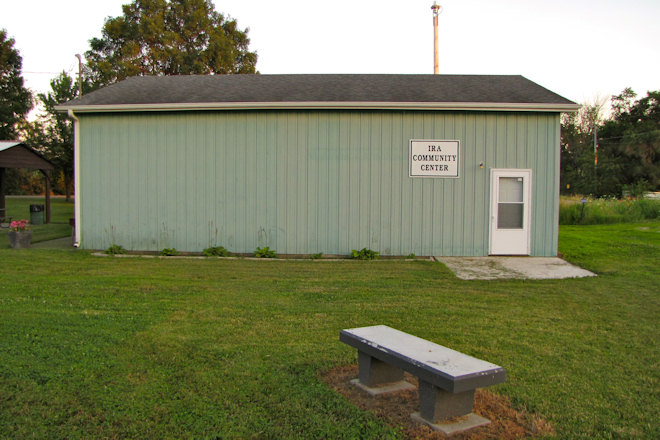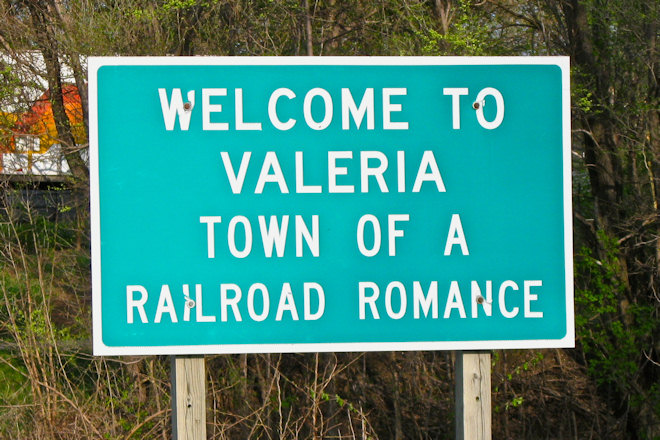
The first Catholic Church to be built in the Jasper County town of Valeria was constructed in 1892. Four years later, on May 24, 1896, a deadly tornado swept through the community, killing 10 and destroying numerous buildings, including the church. The church was rebuilt the same year and remained independent until 1911, when Sacred Heart Catholic Church in Valeria became a mission church of Immaculate Conception Catholic Church in Colfax. Following this arrangement, the priest resided in Colfax and was the pastor of both churches.
In 1996, there was no available priest to send to Sacred Heart Catholic Church in Newton to be the associate priest, or parochial vicar. The priest in Colfax became both the pastor of Colfax and parochial vicar of Newton, leaving Valeria without a priest. Instead of fully closing, or suppressing, the church, Bishop Franklin of Davenport designated Sacred Heart an oratory, or a sacred building under control of the Bishop. Rules concerning oratories very by diocese; for the Diocese of Davenport, oratories may be used for funerals and one annual mass per year.
Since Sacred Heart became an oratory, three funerals were held along with an annual mass followed by a picnic each June. Attendance initially was very good but steadily declined, and by 2009, the future of Sacred Heart was in question. On April 1, 2010, Bishop Amos suppressed Sacred Heart of Valeria as an oratory and returned it and all its contents to secular use. Though preliminary discussions were held to tear the church down, the City of Valeria asked to use the rectory next door and keep the church as a historic landmark. The church was sold for $1, with the city signing a covenant agreement to restrict building use; for example, it cannot be used for any worship service, wedding, or as an establishment that sells alcohol.




